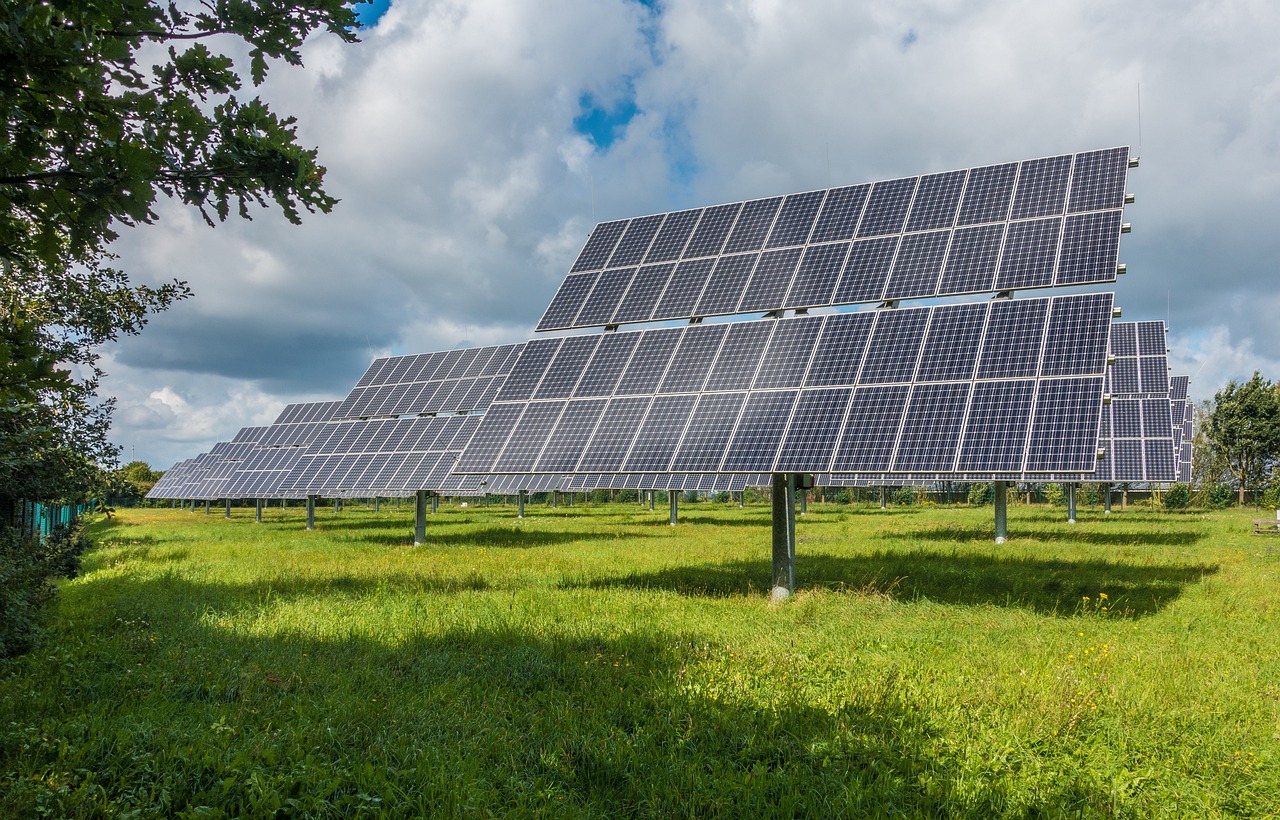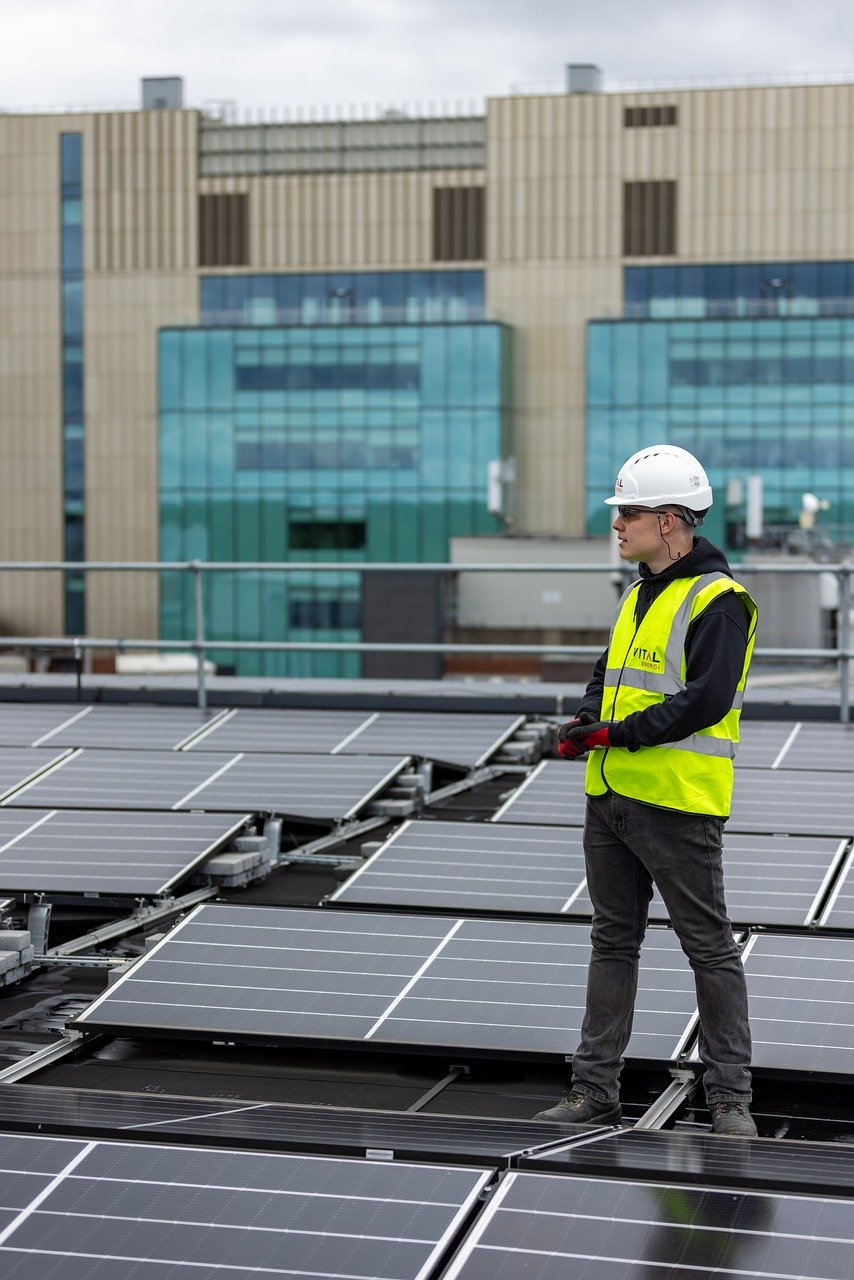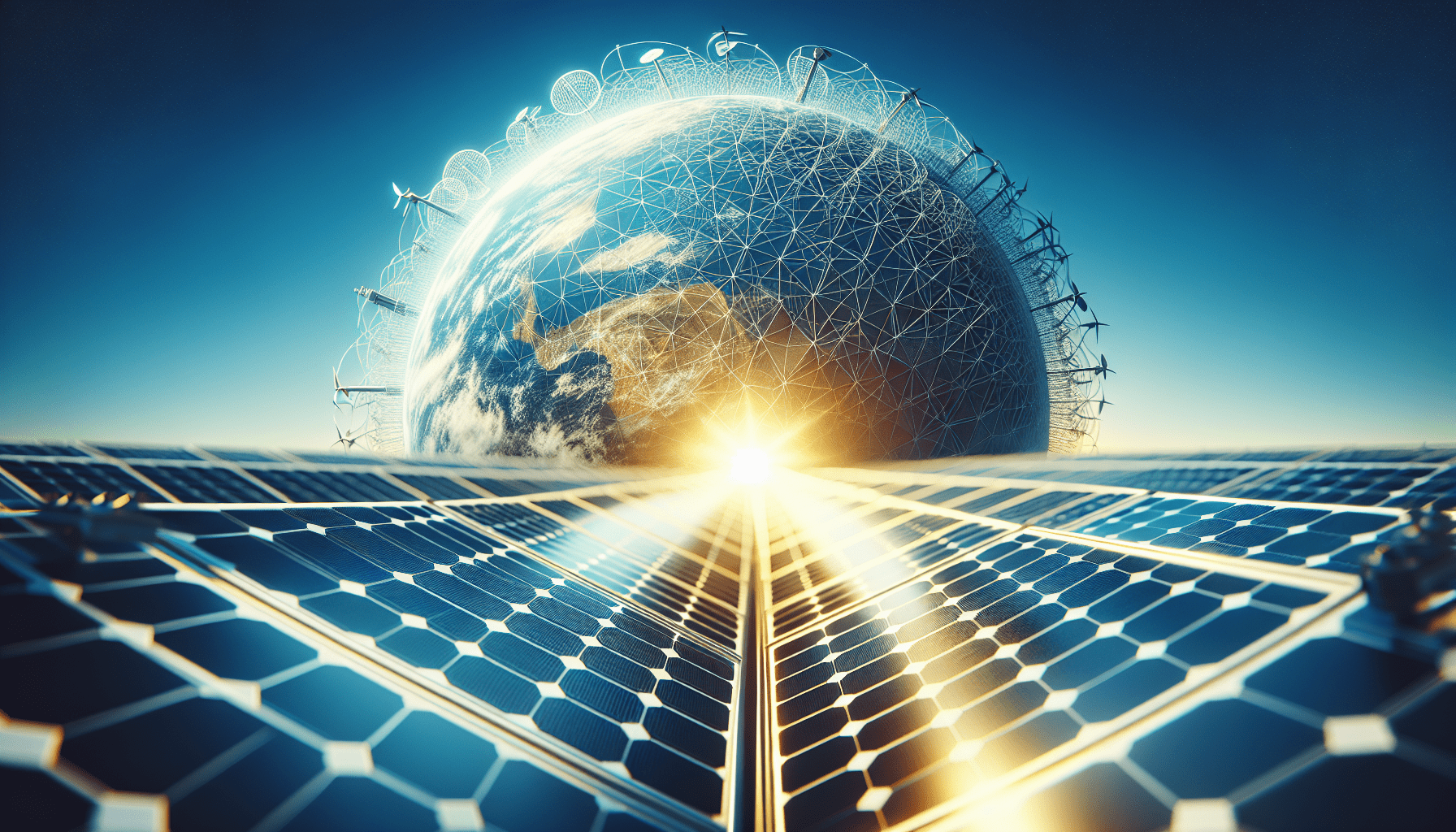What is the cost of installing solar panels? It’s a valid question that many of us ponder as we contemplate making the switch to renewable energy. With rising electricity costs and increasing environmental concerns, solar panels have become an attractive option for homeowners and businesses alike. But, before taking the plunge, it’s essential to understand exactly what we’re getting into financially.

Factors Affecting the Cost of Solar Panel Installation
Initial Investment
When we think about installing solar panels, the initial investment is often the first thing that comes to mind. This includes the cost of the panels themselves, as well as any additional equipment and labor required for installation. On average, the cost for residential solar panels can range from $10,000 to $30,000 before tax incentives and rebates.
Type and Quality of Panels
Not all solar panels are created equal. The type and quality of the panels can significantly affect the overall cost. Monocrystalline panels, known for their higher efficiency and sleek appearance, tend to be more expensive than polycrystalline panels but might offer better long-term savings due to their efficiency.
| Type of Panel | Cost per Watt ($) | Efficiency |
|---|---|---|
| Monocrystalline | 1.00 – 1.50 | 15-22% |
| Polycrystalline | 0.70 – 1.00 | 13-17% |
| Thin-Film | 0.50 – 0.70 | 10-12% |
System Size
The size of our solar system will directly impact the cost. Larger systems, which generate more electricity, will cost more upfront but can offer greater savings on energy bills over time. The average U.S. home requires a 5kW solar system, but this can vary based on our energy usage and location.
Installation Complexity
Installation costs can also vary based on the complexity of the job. Installing solar panels on a simple, single-story home with a south-facing roof will generally be cheaper than installing them on a multi-story home with a complex roof layout. Additionally, older homes may require additional electrical work or roof repairs before installation can proceed.
Soft Costs
Permitting and Inspection Fees
Before installing, we will need to acquire the necessary permits and undergo inspections to ensure the system complies with local regulations. These costs can vary significantly depending on our location but generally range from $500 to $2,000.
Labor Costs
Labor costs encompass the fees charged by the installation team, which includes electricians, technicians, and other specialists. On average, labor can account for about 10-20% of the total installation cost.
Design and Engineering
Some installations, particularly those with unique or complex layouts, may require custom design and engineering work. These additional services can add to the overall cost but are crucial for ensuring the optimal performance of the solar system.
Financial Incentives and Rebates
Federal Tax Credit
One of the most significant financial incentives available is the Federal Solar Investment Tax Credit (ITC), which allows us to deduct 26% of the solar installation cost from our federal taxes. While this percentage has decreased over the years, it remains a substantial benefit.
State and Local Incentives
Various states and local governments offer additional incentives and rebates to encourage solar adoption. These can include tax credits, rebates, or even performance-based incentives. It’s essential to research the available incentives in our region to maximize savings.
Net Metering
Net metering programs allow us to sell excess electricity generated by our solar panels back to the grid, further offsetting our energy costs. The specifics of these programs can vary by state and utility company, but they offer a valuable opportunity to recoup some of our investment.
Long-Term Financial Considerations
Energy Savings
One of the most significant long-term benefits of solar panels is the potential for energy savings. By generating our own electricity, we can significantly reduce or even eliminate our monthly energy bills. Over the lifespan of the system, these savings can often outweigh the initial installation costs.
Maintenance Costs
While solar panels are relatively low-maintenance, they do require some upkeep to ensure optimal performance. Regular cleaning and periodic inspections can help maintain efficiency, but it’s also essential to factor in potential repair costs over the system’s lifespan.
Loan and Financing Options
If the upfront cost of solar installation is a concern, various financing options can make it more accessible. Solar loans, leases, and power purchase agreements (PPAs) allow us to spread the cost over time, often with little to no up-front payment.
Property Value Increase
Installing solar panels can also increase the value of our property. Numerous studies have shown that homes with solar panels tend to sell for more than comparable homes without them, offering an additional financial benefit.

Hidden Costs to Consider
Roof Replacement or Repairs
If our roof is old or damaged, it may need to be repaired or replaced before solar panels can be installed. This can add a significant expense to the overall cost.
Potential Relocation Costs
If we plan to move within the next few years, it’s essential to consider the potential costs associated with relocating the solar system to our new home or leaving it behind.
Energy Usage Changes
Our energy needs may change over time, affecting the performance and benefits of our solar system. If we plan to add new energy-intensive appliances or expand our home, we may need to consider whether our solar system can accommodate these changes.
Cost vs. Benefit Analysis
Payback Period
Understanding the payback period is crucial for evaluating the investment in solar panels. The payback period is the time it takes for our energy savings to equal the initial installation cost. On average, the payback period for residential solar systems ranges from 6 to 12 years.
Return on Investment (ROI)
In addition to considering the payback period, we should also calculate the return on investment (ROI) for our solar system. This involves estimating total savings over the system’s lifespan compared to the initial cost and any ongoing expenses. A higher ROI indicates a more financially beneficial investment.
Environmental Benefits
While the financial benefits are essential, we shouldn’t overlook the environmental impact of solar energy. By reducing our reliance on fossil fuels, we can significantly lower our carbon footprint and contribute to a more sustainable future for our planet.

Selecting a Solar Installer
Research and Reviews
Choosing the right solar installer is crucial for a successful installation experience. It’s essential to research potential installers, read reviews, and ask for recommendations from friends or family who have gone through the process.
Obtain Multiple Quotes
To ensure we get the best value for our investment, it’s a good idea to obtain quotes from multiple solar installers. This allows us to compare prices, services, and warranties offered by different companies.
Verify Credentials and Certifications
Ensure our chosen installer is licensed, insured, and certified by relevant industry organizations, such as the North American Board of Certified Energy Practitioners (NABCEP). These credentials can provide peace of mind and ensure a high-quality installation.
Warranties and Guarantees
When selecting a solar installer, it’s essential to review the warranties and guarantees offered. Most reputable installers will provide warranties for both the equipment and the installation work, ensuring that we’re protected against potential issues down the line.
Solar Panel Leasing and Power Purchase Agreements (PPAs)
How Leasing Works
For those who may not be able to afford the upfront cost of solar panels, leasing can be an attractive option. With a solar lease, we essentially rent the solar panels from a leasing company. The company owns the panels, and we pay a monthly fee to use the electricity generated by the system. Typical lease terms range from 15 to 25 years.
What’s a Power Purchase Agreement?
A Power Purchase Agreement (PPA) is similar to leasing but with a key difference. Instead of paying a monthly fee to rent the panels, we agree to purchase the electricity generated by the system at a predetermined rate, usually lower than the local utility rate. Like leases, PPAs typically have terms of 15 to 25 years.
Pros and Cons of Leasing and PPAs
Both solar leasing and PPAs offer the advantage of lower upfront costs, making solar more accessible for many of us. However, they come with trade-offs, such as not owning the panels and potentially lower overall savings compared to purchasing the system outright. It’s essential to carefully consider these pros and cons before deciding on a financing option.

The Role of Battery Storage
Importance of Storage
As we weigh the costs of installing solar panels, it’s important to consider whether we want to include battery storage in our system. Batteries store excess electricity generated by our solar panels, allowing us to use it during times when the panels aren’t producing, like at night or during cloudy days.
Types of Batteries
The most common type of battery for solar storage is the lithium-ion battery, known for its efficiency and long lifespan. Other options, like lead-acid batteries, are available but typically offer lower performance. Including battery storage can add an additional $5,000 to $10,000 to the overall installation cost.
Financial Incentives for Storage
Just like with solar panels, there are financial incentives available for battery storage. State and local incentives, as well as federal tax credits, can help offset the cost of adding storage to our solar system.
Conclusion
Installing solar panels is a significant investment, but one that can offer substantial financial and environmental benefits over time. By understanding the various factors that affect the cost, from the type of panels and system size to financial incentives and potential hidden costs, we can make an informed decision about whether solar is right for us. With careful planning and consideration, solar panels can be a valuable addition to our homes or businesses, ultimately paying for themselves through energy savings and contributing to a greener, more sustainable future.



